Yellow stage lights dim. Audience members, now submerged in complete darkness, stare ahead at the stage with anticipation. Only the faint outline of a set—including a mobile door and 2d backdrop split between a wall of books and projector screen—can be seen from each seat. Silence pervades the atmosphere.
A moment later, something appears on the screen: nineteen words.
“There are many truths of which the full meaning cannot be realized until personal experience has brought it home.”
On November 9th, theater students at DePaul College Prep opened their newest production: “The Library.”
Originally debuted by the Public Theatre in 2014, “The Library” focuses on the aftermath of a devastating school shooting in a small community. The production is based on the Columbine High School Massacre of 1999, which is considered one of the deadliest school shootings ever recorded in U.S. history.
The opening scene follows a high school shooting committed by graduate Marshall Bauer. Many of the school’s students have passed away. Families, neighbors, and friends experience intense waves of grief, anger, and confusion as they face these losses.
When police authorities begin their investigation by interviewing survivors in order to determine the deceased shooter’s motives, senior Ryan Mayes reveals information authorities may have missed.
Mayes was present in the school’s library, one of the places where the shooting took place. After Bauer harmed individuals in the library, Bauer entered an audio-visual closet where students inside were tragically shot.
However, Mayes claims this didn’t happen by chance. According to him, sophomore Caitlin Gabriel was also hiding in the library at the time. When Bauer approached her, she revealed to Bauer where other students were hiding just before she was injured.
After Mayes gives this statement to authorities, accusations against Gabriel rapidly spread across social media platforms and news outlets. Hate and disgust pour in from the internet, naming Gabriel responsible for the death of her peers.
When Gabriel wakes from surgery, she’s horrified at the accusations she sees. Feeling betrayed and unheard, she immediately begins spreading word that she’s innocent to everyone she knows.
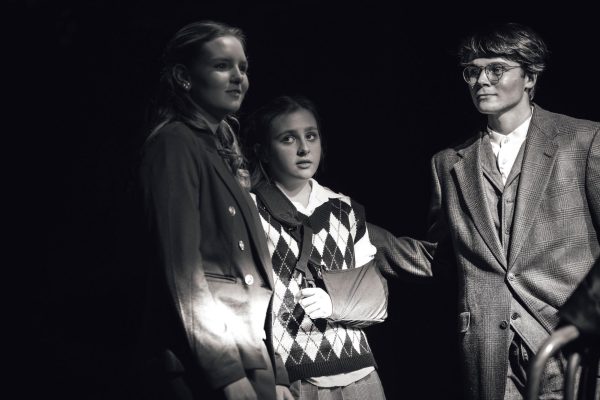
Though the members of her community are skeptical about her opinions. Most people take pity on her, believing she had no other choice but to give Bauer information if she wanted to live. They also suspect trauma may have altered her memory, producing a different narrative of the event.
Even Gabriel’s parents believe this theory to some degree.
Though Gabriel is determined to convince her community and everyone who’s read the stories that she deserves no part in the blame.
As the investigation continues and characters’ individual stories are explored, truth and perception become a running theme throughout the production. The lines between reality and fiction are blurred, creating a mystery that has yet to be solved.
This leaves the audience questioning what really happened that day and ultimately—who speaks the truth.
Audience members are encouraged to contemplate sources of information in the production, but also draw a connection to their own lives.
Two essential questions are posed: “Where does knowledge come from, and how do individuals know that’s the truth?”
During the performance, DePaul Prep students effectively communicated the production’s story and main messages through a variety of elements. Two of the most successful components were the uses of special effects and props.
The creative use of lighting and sound effects influenced the mood of each scene. It allowed audience members to connect with each character on a deeper level by instilling specific emotions felt by characters. Through this process, the audience was able to view the same story from different positions, emphasizing the production’s main contrast between truth and perspective.
Flashing lights in certain situations created an anxious atmosphere, effectively conveying the urgency of the scene. Darkness, on the other hand, acted as a transition between scenes and signified a big plot shift.
Furthermore, sounds that increased in frequency communicated the severity of the circumstance while soft music delivered feelings of peace and closure.
One of the most successful special effects was layered sound, which was when the sounds of multiple videos were progressively added together to create one body of many perspectives. The overlapping voices, simultaneously producing different statements around the same topic, stressed the gravity of the scene to audience members.
Moreover, this strategy emphasized one of the main ideas of the production: truth and perspective. As demonstrated in each video that was shown, one event has the potential to evolve into multiple perspectives.
Besides the effects, props helped connect the plot points together. One of the most valuable props was the backdrop, halved between a wall of books and projector screen.
Using the backdrop, specific content was shown that directly connected to the play’s main messages.
In the first scene, a quote taken from English philosopher John Stuart Mill was displayed, featuring the play’s major debate between non-aligning truths and perspectives.
Additionally, the backdrop allowed audience members to trace the origins of the production through the examination of real news content from the massacre of Columbine.
On the other side of the backdrop, multiple shelves displayed the spines of books standing upright, side-by-side, lined throughout the rows. The wall not only reminded audience members of the library where the shooting took place, but also about the concept of stories.
Books are made of stories, and stories play an integral role in the plot. Stories are based on truth and perception, and in the production, there are conflicting stories because they are differing truths and perceptions.
This idea was illustrated in the final scene of the play when the entire truth of the shooting is revealed.
Each character stepped onto the stage, holding a closed book in their hands. As each person retold a part of the event, they opened their book and placed it face-up on the ground.
The books, each one an arc of paper-thin pages producing a soft glow, gave light into the darkness. They acted as a tool for symbolism, representing how truth can bring closure and forgiveness to broken relationships and terrible events.
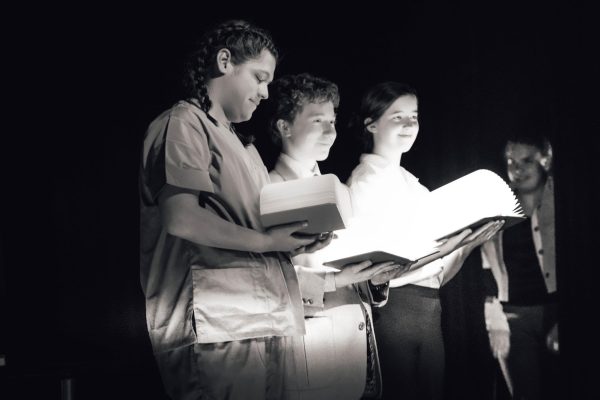
Once the entire truth had been revealed by the cast, each actor picked up their open-face book from the ground, assembling the pieces to a full story.
Overall, “The Library” was a successful production that pulled audience members into a tragedy where the lines between truth and perspective are redrawn. This play serves as an important reminder for all individuals to be independent thinkers, especially in the modern world where information is rapidly spread and consumed.


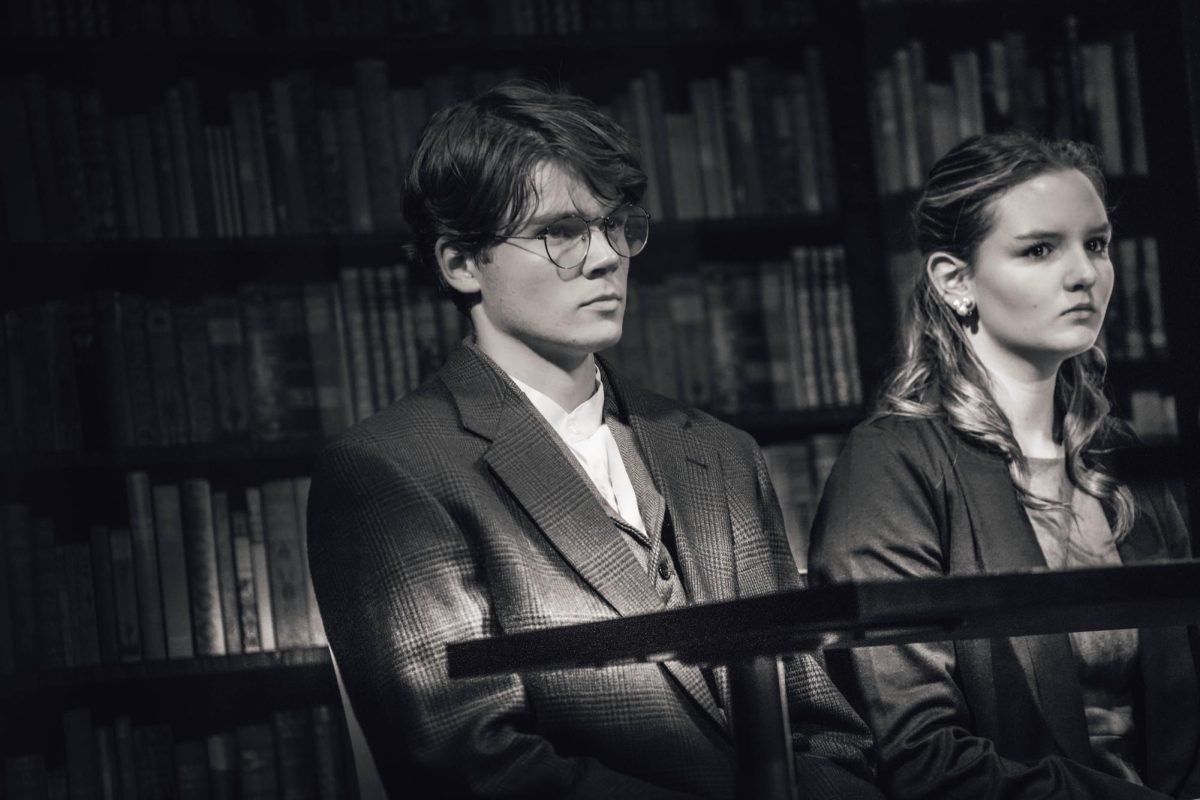

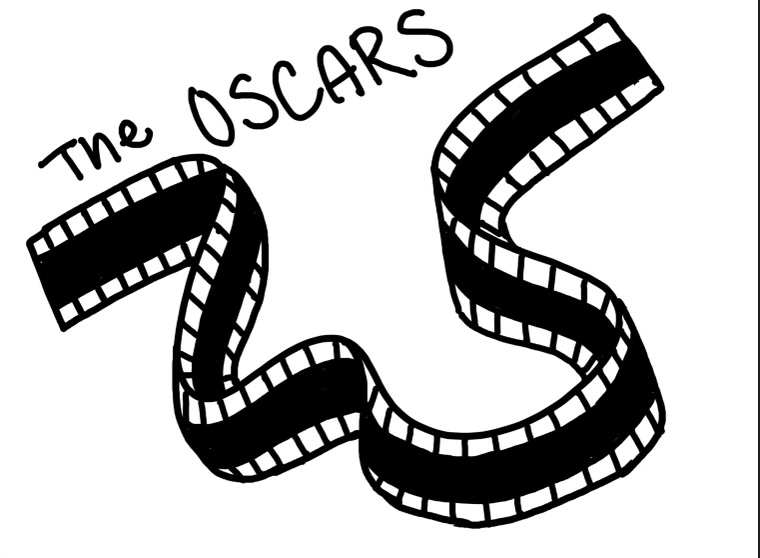
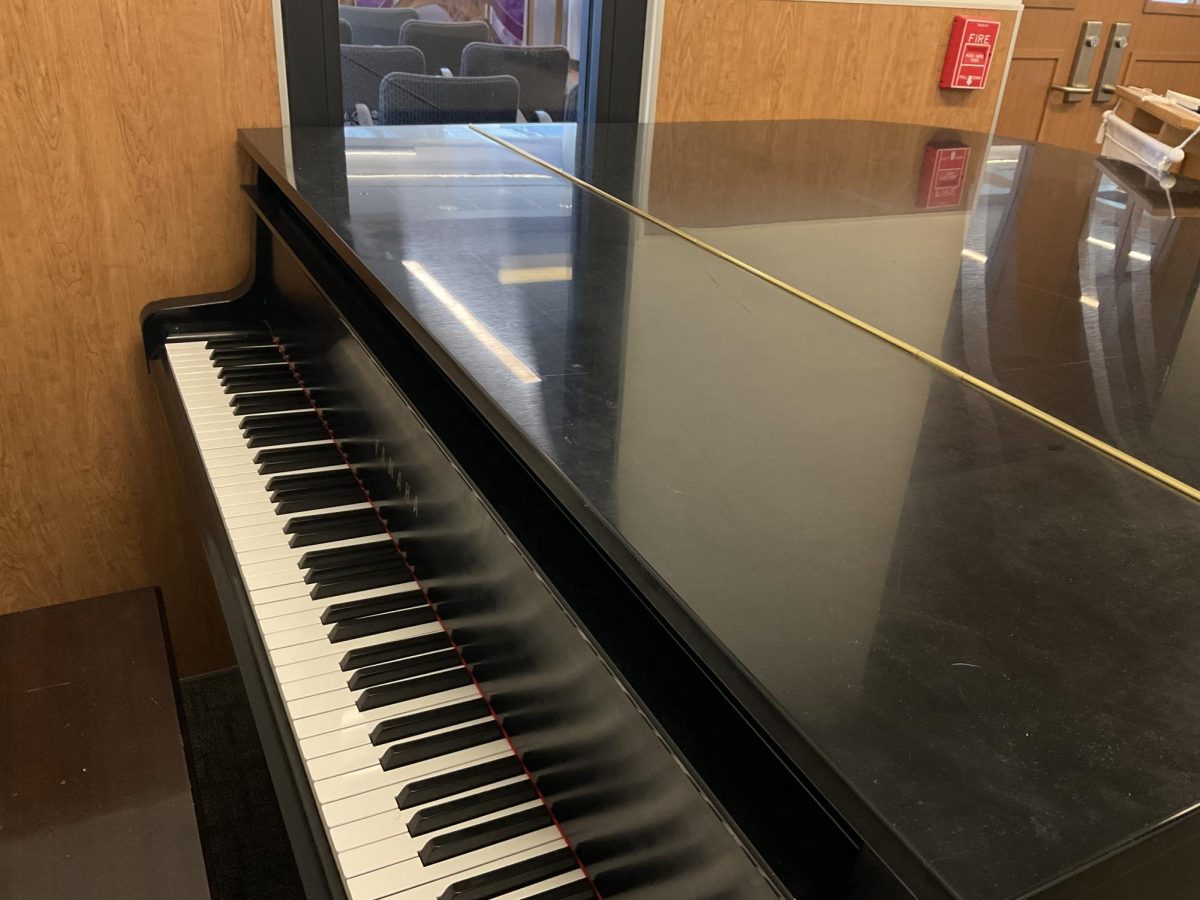

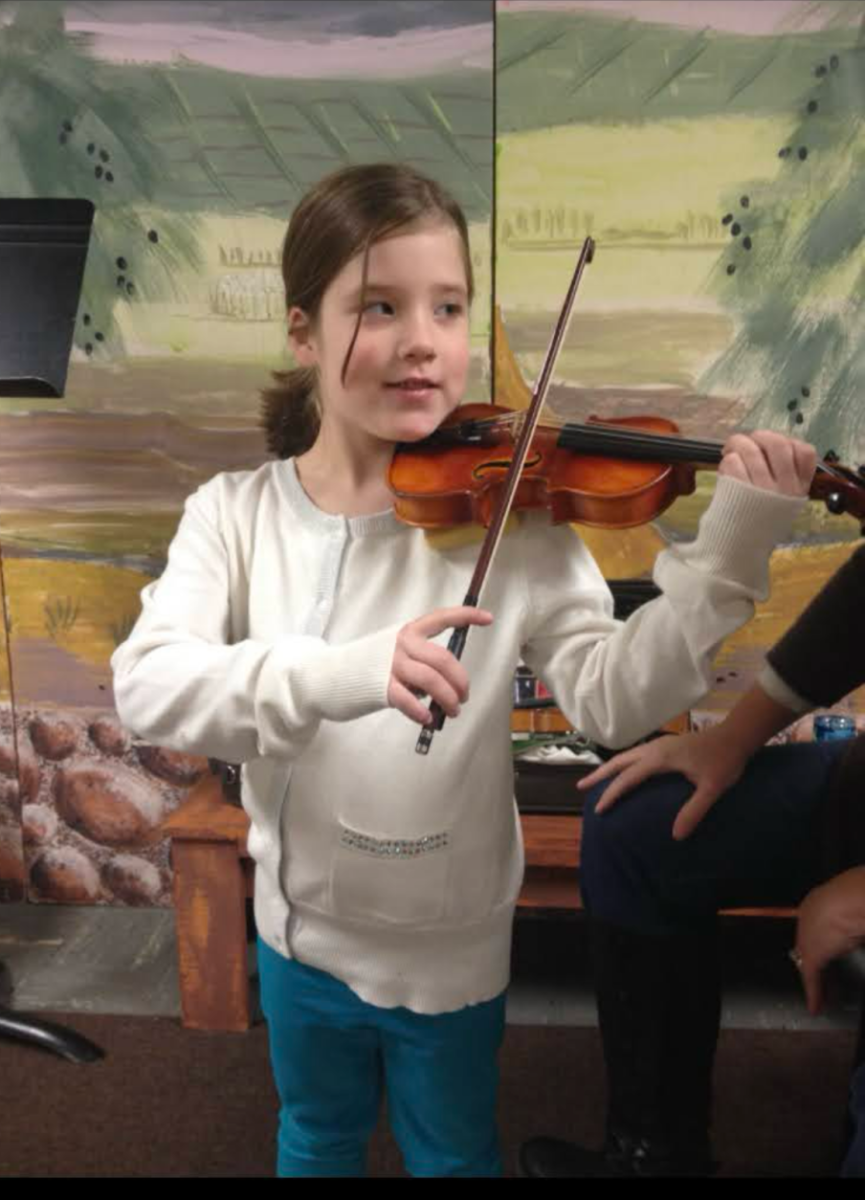
Craig Bryant • Dec 15, 2023 at 07:41
Wow! Thank you Avery for such an in-depth analysis of our production. We are so grateful for allowing the DePaul Prep community the opportunity to see and think about the moments you featured and their impact (both real and symbolic) on our lives. This is the kind of work the Theater Society believes in and strives to do.